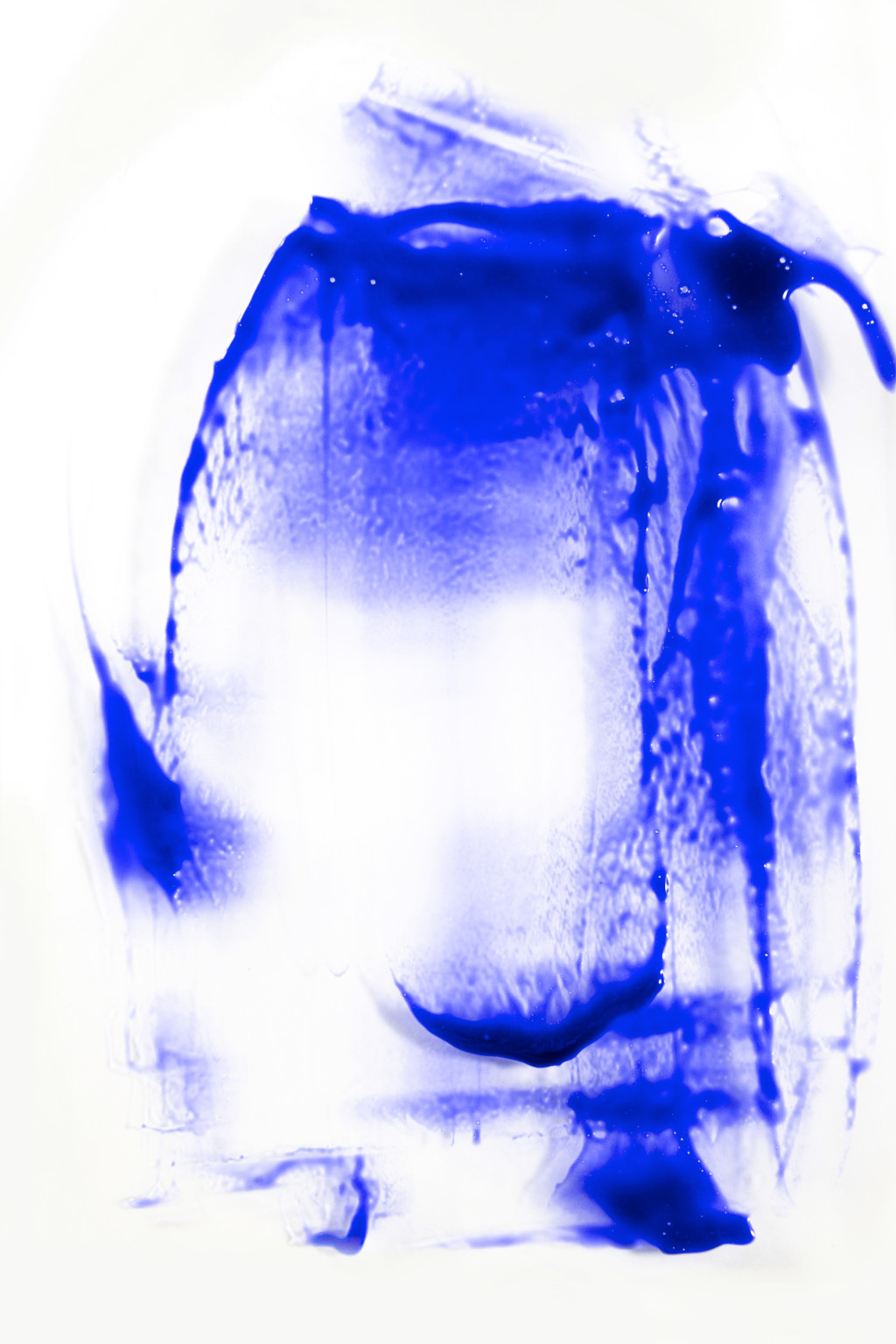[ad_1]
Acrylics, because they are water-based, can be thinned with water to create transparent washes. But the pigments don’t tend to adhere very well once this is done, which is where glazing media come in. These additives are fluid, but they are also slightly adhesive so they stick to painting supports like panel and canvas, as well to any underlying layers of paint or primer. Each layer must be perfectly dry before applying the next layer, but these glazes are quick dying and won’t slow you down. They can be mixed with acrylics to achieve luminous transparent color or applied on their own—though opaque when wet, they dry clear and are available in a variety of finishes. Glazing medium is not recommended for use as a final top coat; use a removable acrylic varnish instead. Choose the glazing medium for your project from our picks below.
1. Liquitex Professional Glazing Fluid
You need only a little bit of this water-based glazing medium to create pleasing effects with your acrylic paints. It is self-leveling, making it easy to create layers of transparent color without brushmarks. It does not take a super-long time to dry, so you can add layers quickly while avoiding accidental smears (each coat must be perfectly dry, though, so use a hairdryer if you are in a really big rush!). The result will be jewel-like glazes that won’t yellow over time.

2. Golden Acrylic Glazing Liquid (Satin)
This glazing medium will give you excellent control over the blending of your paints. The 100 percent acrylic water-based polymer emulsion is a milky liquid that thins paint without watering it down. Golden’s product is especially good for maintaining a wet edge for easier softening. It dries to a beautiful satin finish, adding a soft luster to your works. You can also use this glazing liquid to give your finished piece a few protective coats.

3. DecoArt Americana Glazing Paint
This is a clear, semigloss medium that spreads smoothly, carrying pigments where you need them to go. DecoArt’s product comes in a small, 2-ounce bottle, which makes it well suited for painters who want to try working with glazing medium before committing to a larger purchase. While high-volume painters might prefer another option, you need a only little to boost the transparency of your acrylics while avoiding a watery look. This is also an excellent medium to use as a sealer or barrier coat to protect layers between painting stages.

4. Benjamin Moore Studio Finishes Acrylic Glaze
A highly stable glazing medium from the well-known paint company, this additive binds very well with acrylics to maximize their open time. You can easily create thin washes and beautiful translucencies with this product while maintaining excellent brush flow. The milky-white liquid dries clear and is fairly shiny without being overly so. Benjamin Moore’s glaze is sold by the gallon, which is a great size for painters who like to pre-blend their glazes in bulk.

5. Winsor & Newton Professional Acrylic Glaze
This glazing medium thins paint effectively without reducing its color strength and vibrancy. You get a smooth consistency with just a few drops, as well as paint that stays wet for a long time to enable ease of spreading. Blend and build layers without worrying about paint drying on your brush. This product dries clear without cracking and leaves your works with high-gloss finish.

1. Liquitex Professional Glazing Fluid
You need only a little bit of this water-based glazing medium to create pleasing effects with your acrylic paints. It is self-leveling, making it easy to create layers of transparent color without brushmarks. It does not take a super-long time to dry, so you can add layers quickly while avoiding accidental smears (each coat must be perfectly dry, though, so use a hairdryer if you are in a really big rush!). The result will be jewel-like glazes that won’t yellow over time.

2. Golden Acrylic Glazing Liquid (Satin)
This glazing medium will give you excellent control over the blending of your paints. The 100 percent acrylic water-based polymer emulsion is a milky liquid that thins paint without watering it down. Golden’s product is especially good for maintaining a wet edge for easier softening. It dries to a beautiful satin finish, adding a soft luster to your works. You can also use this glazing liquid to give your finished piece a few protective coats.

3. DecoArt Americana Glazing Paint
This is a clear, semigloss medium that spreads smoothly, carrying pigments where you need them to go. DecoArt’s product comes in a small, 2-ounce bottle, which makes it well suited for painters who want to try working with glazing medium before committing to a larger purchase. While high-volume painters might prefer another option, you need a only little to boost the transparency of your acrylics while avoiding a watery look. This is also an excellent medium to use as a sealer or barrier coat to protect layers between painting stages.

4. Benjamin Moore Studio Finishes Acrylic Glaze
A highly stable glazing medium from the well-known paint company, this additive binds very well with acrylics to maximize their open time. You can easily create thin washes and beautiful translucencies with this product while maintaining excellent brush flow. The milky-white liquid dries clear and is fairly shiny without being overly so. Benjamin Moore’s glaze is sold by the gallon, which is a great size for painters who like to pre-blend their glazes in bulk.

5. Winsor & Newton Professional Acrylic Glaze
This glazing medium thins paint effectively without reducing its color strength and vibrancy. You get a smooth consistency with just a few drops, as well as paint that stays wet for a long time to enable ease of spreading. Blend and build layers without worrying about paint drying on your brush. This product dries clear without cracking and leaves your works with high-gloss finish.

[ad_2]
Source link

